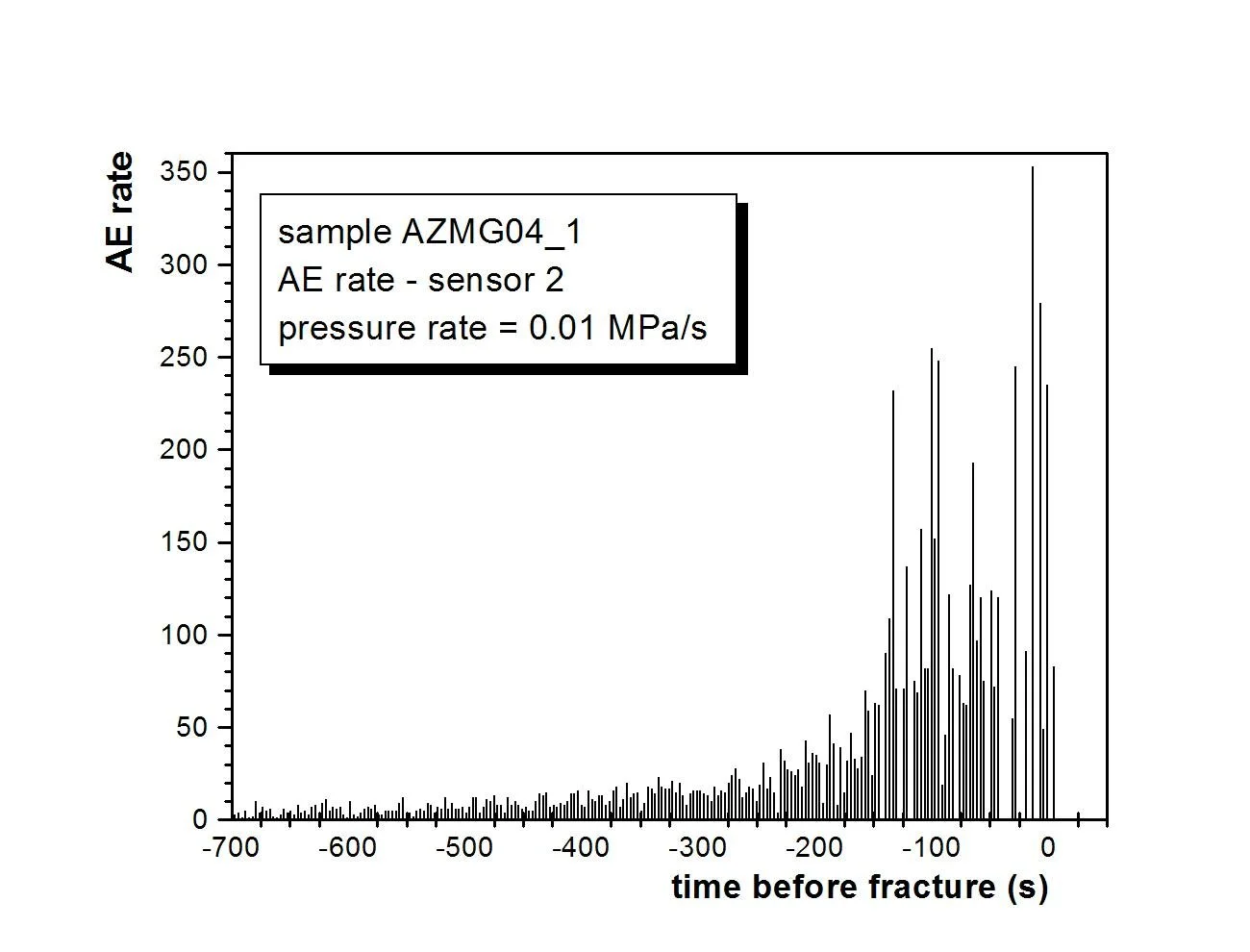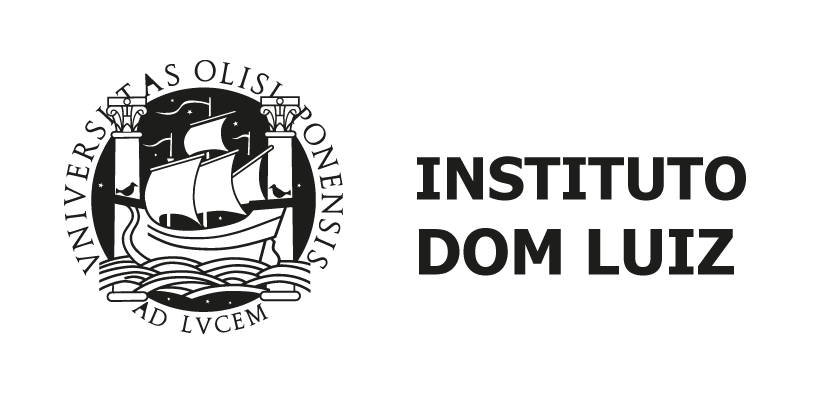Microseismology and rock physics






Overview
Non destructive analysis of microcrack formation, orientations, and their effect on the mechanics of test samples. through AE and ultrasonic studies damage to the sample can be investigated and failure understood.
Research focuses mainly on studying physical structure of rocks and deformation mechanisms. The laboratory is equipped to measure rock static and dynamic parameters, elastic modules, P and S waves velocity, and to performs continuously the monitoring of the AE during compression. The axial press may be programmed to apply progressively higher forces and measure of the irreversible deformation of rocks, with simultaneous measurement of AE.
To perform magnetic characterization the laboratory owns a dual frequency magnetic susceptibility meter, useful for characterization of relative granulometry of metallic particles for environmental magnetic studies.
The laboratory is integrated in the EPOS (European Plate Observing System) thematic core services Multi-scale laboratories https://www.epos-eu.org/tcs/multi-scale-laboratories/internal-organisation
Infrastructure
a) Ultrasonic system specifications
Hyperion Ultrasonic Monitoring System (ESG, Canada) for AE signals. Full waveforms acquisition through A/D card (14 bits, 10 MHz),8 channels.
Signal generator: Ultrasonic Pulser/Receiver model 5072PR (Panametrics),.
8 nano03 sensors,125 to 750 kHz. (Physical Acoustics)
4 R6-alpha sensors, 35 to 100 kHz. (Physical Acoustics)
2 SH10 (shear wave) sensor, 100 to 200 kHz (Physical Acoustics)
8 voltage preamplifiers 1220A (Physical Acoustics);
b) Mechanical frame and acquisition data system
Uniaxial load frame C025/C (TecnoTest). Control by axial extension through LVDT extensometer or by axial force. Max. axial force 250 kN. (waiting repair)
Hoek cell, for 30.1 (d) × 60 (l) mm sample core (Controls) (not yet installed)
Data logger 8 channels for confining pressure and strain gauge extensometers (Controls) (not yet installed)
c) Other material
Custom assembled apparatus to measure porosity by water saturation method.
Precision balance (Kern).
Optical microscope BX-51 (Olympus).
d) Magnetic instruments
MS3 + MS2B dual frequency magnetic susceptibility meter (Bartington).
Main highlights
This infrastructure allows the development of scientific projects and studies, in collaboration with researchers and students from ISEL, Faculty of Sciences. It also allows the teaching of the fundamentals and techniques of rock strength analysis and acoustic emission characterization of the process of rock deformation and non-destructive analysis techniques
Contact Person
Address
ISEL Campus, Instituto Superior de Engenharia de Lisboa
